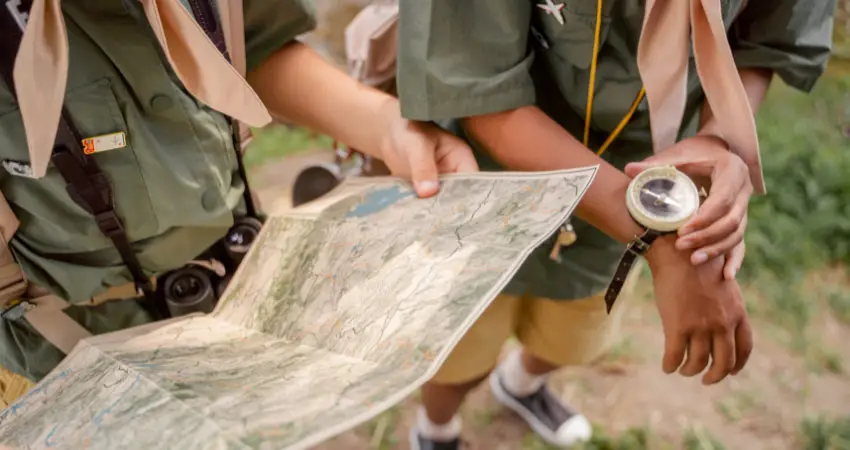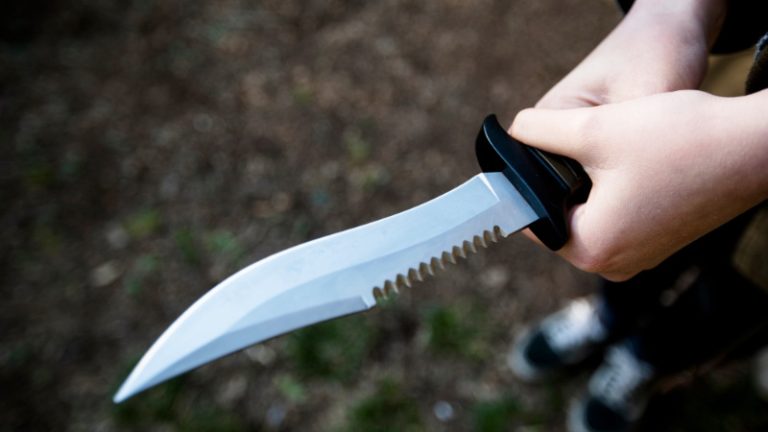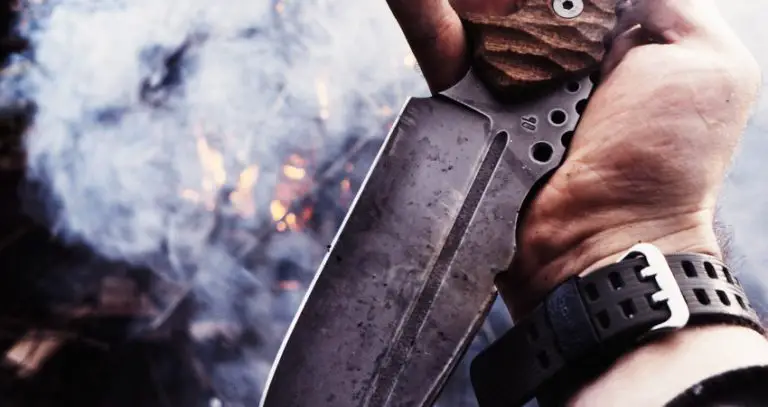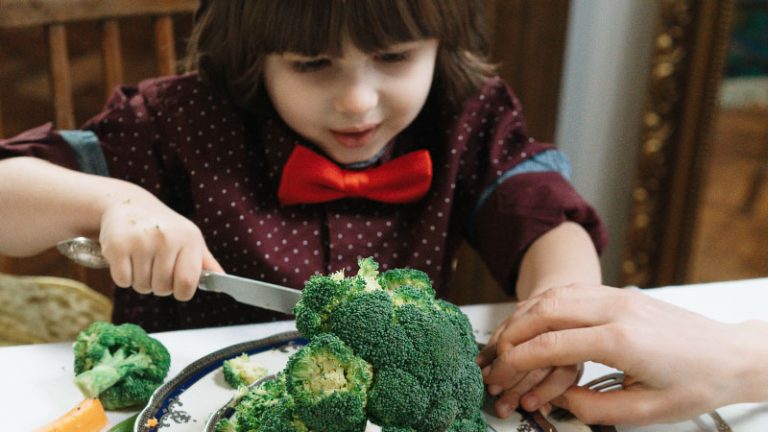Knife Safety For Scouts- 12 Tips Explained!
There are several stages in scouting; the cubs, the bears, the Webelos, and the arrow of light. According to BSA, cubs are the only group not allowed to handle a knife; the rest can.
So, knife safety for scouts is important to stay important for staying extra careful and responsible.
Knife safety begins with determining which type of knife is best for you. Scouting knives are classified into two types: pocket knives and buck knives.
Scouts need knives because they use them for cooking, setting up camp, and fishing. Also, before carrying a knife, ensure you understand the laws in your state regarding using and carrying a knife.
This article will detail 12 knife safety tips and other related topics.
Knife Safety Tips For Scouts
Understanding how to handle a knife is critical. It is both a responsibility and a privilege. The following are knife safety tips for scouts.
- Do not use a blunt blade. This is because blunt knives require more pressure, making the blade slip and hurt you. Ensure you sharpen the knife on a sharpening stone.
- After using a knife, ensure you clean it to avoid contamination if you hurt yourself. Oil the knife’s hinges regularly with oils such as WD-40.
- When you are not using a pocket knife, ensure you close it. Also, you should only carry a knife for genuine reasons, so it’s fine to keep one in your pocket on your way to scouts if your superiors have requested you to.
- Keep the knife dry always. Water degrades the quality of the knife’s blade, handle, or hinges.
- Do not throw a knife. Handle it carefully and only when needed.
- As a beginner, start slowly, so you get accustomed to using the knife. You can shave off little sections of wood rather than large chunks. That way, you will learn how to control a knife. Also, do not cut the bark of a tree with a knife.
- Always cut away from your body. Do not face the knife towards your body when shaving wood.
- When passing a knife, hand it over to someone with the handle first. The knife should be in a sheath or closed if it is a pocket knife. If it is a knife, you cannot encase the blade; hand the knife by the handle.
- Do not carve or cut into someone else’s things. Learning how to handle a knife is exciting and can lead to children carving into unauthorized things.
- Make a safety circle. Stretch your arms and twirl in a circle. If you can touch anyone, it is not safe to use a knife. Only use a knife if, when you turn, you cannot touch anyone in the circle.
- Do not point the knife at anyone, even if it is a joke. Also, ensure you re-sheathe or close your knife when walking with it.
- If you cut yourself, do not try to hide it. Own up to it and get your superior to help you. Also, ensure you always carry a first aid kit.
Scouts risk losing their knife privileges if they do not follow the above guidelines.
When a scout finishes their knife training, they are given a whittling card. The whittling card is cut on one end if they break any rules.
If all ends are cut, the scout has to repeat their training to earn a new whittling card. So if you are a scout trainer, ensure they understand that knives are tools and are responsible for handling them with care.
How To Sit When Using A Knife?
When using a knife when sitting down, you should consider the following things;
- Be cautious and focused on what you’re doing.
- Never put a knife near your inner thigh. Why? Because your inner thighs contain a large artery that, if cut, could be fatal.
- Maintain space between your thighs and the knife by keeping your elbows on your legs.
- Suppose you can’t sit on a firm surface, squat, and cut to the side while resting your arm outside your thigh.
- Ascertain that you are sitting apart from others and that they are seated a safe distance away from you.
- Stand up and work on a chopping block or tree stump if you require additional assistance. You could also work away from your body by drooping one shoulder and cutting with force created.
Consider the next cut, i.e., where the knife will go when carving. If the knife slips, you won’t be in its path.
Peel off small amounts of material with each knife cut. Removing too much material with each cut can lead to tired hand muscles and poor knife control.
How To Maintain A Knife?
As I mentioned above, you should never use a blunt knife. So the first step of maintaining a knife is sharpening it. To sharpen a knife, you should use a sharpening stone. Follow these steps.
- Place the stone on the stone and then lift the handle while maintaining the blade on the rock
- Push the blade against the stone
- Do that three to four times
- Turn the blade to its opposite side and repeat the same as before
- Wipe the blade on a flat surface with a cloth. Ensure you do not wipe the edge with a towel when holding the towel on your palm
FAQs
Here are other related questions about knife safety.
Where Should I Not Carry A Knife
Never carry your knife to school, sports games, airports, or scouting meetings. You should only carry a knife if asked, ensuring you have your whittling card.
How To Clean A Knife
Follow these steps to clean a knife:
- Wash the knife with hot and soapy water to remove all the dirt
- After the knife is dry, apply light oil using a cloth on the knife’s blade and hinges.
- Keep the knife in its sheath or close it if it is a pocket knife. If it is an open knife, put it in a dry area with no moisture.
- Never heat your knife because fire weakens the knife’s steel.
Conclusion
As a scout, ensure you follow the above tips. Remember, the knife is your responsibility; if handled carelessly, it could hurt you or others around you.
Also, breaking these knife safety tips can make you lose your whittling card. This means you will have to be retrained to get a new card.
When using a knife, always cut away from your body if the knife slips; you will not be its immediate victim. Also, ensure you take care of your knife by keeping it sharp, oiling it, and cleaning it.





